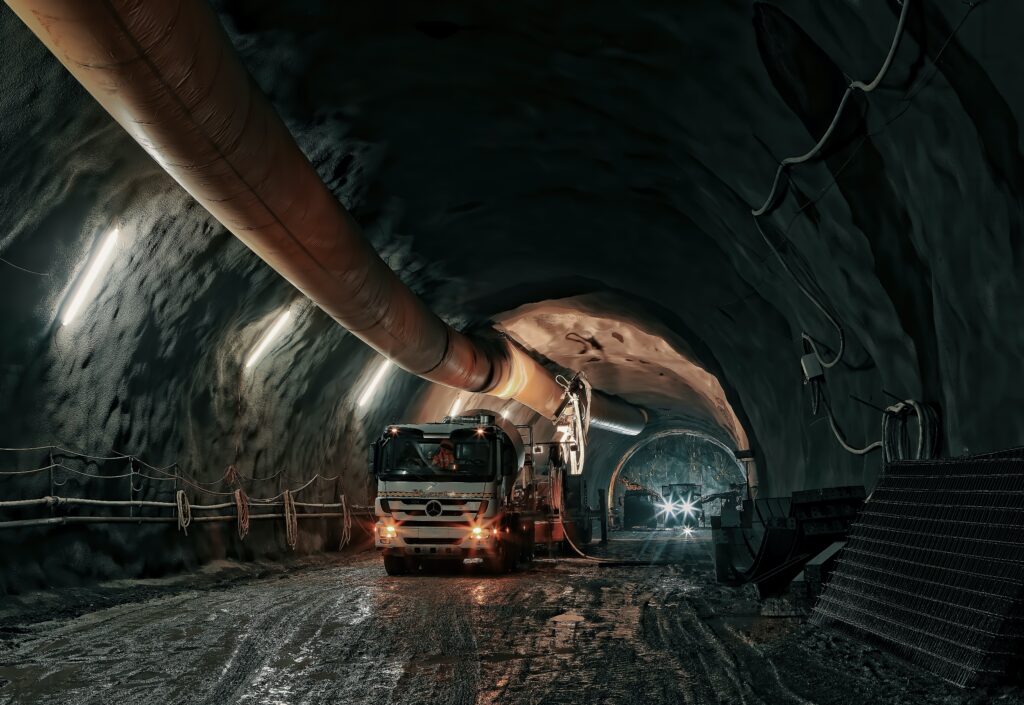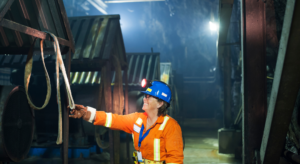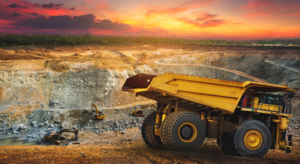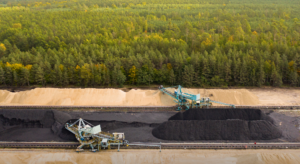Today, the mining industry stands at an inflection point when it comes to its transformation. Digital twins stand to be one of the methods that are proving to be effective in operational efficiency, sustainability, etc. As per Micron, usage of assets like digital twins is going to rise up to 60% by 2027. It is also suggested that digital twins will be successful in boosting mining productivity by 20%. Moreover, it reduces the cost of equipment maintenance by 15%.
This reflects the power of digital twins and mining clearly. But what is it? What are the benefits of it? Are there any real-world implementations to look at? We will cover all of these elements and more in the article. So make sure you read till the end for some great insights.
Overview of digital twins and mining
A digital twin is a copy of a physical asset or process. This virtual counterpart is connected to the real asset. Moreover, it uses data from sensors, drones, etc. to understand its status in real-time. You can see an integration of various technologies like IoT, AI, and machine learning. These technologies are enabled to allow simulation, monitoring, and control.
When it comes to mining 4.0, digital twins hold great relevance. It is used in trucks, shovels, crushers, and more. They are also made for sites, plants, and full mining processes. These twins act as a central data hub that collects real-time data from multiple sources. Furthermore, advanced analytics and intelligence are then applied to gain insights that can drive better decision-making.
But what benefits does it provide mining companies exactly? Let’s find that out ahead.
What are the key benefits of it for mining companies?
Mining companies can extract a lot of benefits from this powerful technique. Let us see a few of them ahead:
Enhanced Equipment Reliability
Companies use virtual models of assets to monitor their status and address any issues before failure occurs. As a result, it saves a lot of downtime and improves the availability of the asset.
Increased Productivity
Digital twins help look over asset performance and make changes to enhance productivity. For instance, haul road profiles can be optimized in a virtual environment. As a result, it helps to improve cycle times before implementation.
Reduced Costs
As we saw above, there is an improved performance and reduced downtime with better asset availability. As a result, it leads to a lot of cost savings in the long run. Intelligent simulations also lower capital costs for new projects.
Risk Mitigation
Using digital twins in Mining 4.0 allows for pinpointing and alleviating various operational risks. It includes identifying and addressing bottlenecks in a production flowsheet.
Training & Collaboration
Digital twins act as an effective training tool by providing an interactive virtual environment. They also foster collaboration by allowing various experts to evaluate options in a digital model.
Let us move further and look at some real-life examples of digital twins and mining to convey the power of the method.
Real-world examples of digital twins and mining
Mining companies across the world have already begun exploring the potential of digital twins. From major corporations to younger startups, there are diverse use cases of digital twins delivering value. Let’s explore a few real-world examples of how the mining industry is leveraging digital twins
Rio Tinto – Pioneering Mine Digitalization
The mining giant has implemented digital twins for key assets at their iron ore mines in Australia. This has led to major improvements in equipment health, with haul truck availability increasing by over 10%.
Newmont – Optimizing Gold Production
Newmont created a digital twin of their gold processing plant that joins multiple data sources. This has increased production performance by optimizing process configurations.
AngloAmerican – Monitoring Cave Mining
Their copper mines in Chile have complex underground cave mining. AngloAmerican built a digital twin model to continuously monitor risks and stability.
Barrick Gold – Tracking Asset Performance
Barrick utilizes digital twins for various mining equipment across their sites. This provides valuable insights into asset status and helps optimize maintenance practices.
But just like any other methodology, some challenges are bound to fall in the way right? But knowing them in advance can help you dodge those easily. That’s exactly what the next section is about. So, keep scrolling.
Key Challenges of digital twins and mining
While digital twins provide immense value, there are some key challenges mining companies face in implementation:
- Integrating diverse legacy systems and data sources
- Obtaining accurate real-time data from sensors and equipment
- Leveraging advanced simulation and analytics capabilities
- Aligning digital twin solutions with existing workflows
- Having personnel with skills to build, maintain, and utilize the twins
However, the rapid pace of digitalization across the industry is helping overcome these challenges. Vendors are also emerging with specialized digital twin platforms tailored for mining needs.
The Future of Digital Twins and Mining
The mining industry has just started to scratch the surface when it comes to extracting the potential of digital twins. The overall market size of digital twins in mining 4.0 is expected to grow from USD 3.1 billion in 2020 to USD 48.2 billion by 2026. This is a compound annual growth of 58%.
In mining specifically, experts predict digital twins will evolve. This evolution will be from narrow use cases to enterprise-wide deployment. This deployment will be across the value chain in the next 5-10 years. Furthermore, advancements in technologies like 5G, AR, and blockchain will allow digital twins to become sophisticated. Mining companies will also be able to implement ultra-high-fidelity twins with real-time data integration. As a result, it will enable advanced simulation and automation powered by AI
To fully harness this potential, mining firms will need to build specialized in-house capabilities. They also need to collaborate closely with technology partners. Companies that proactively implement digital twins over the next few years will strongly position themselves. This is to reap the benefits and establish competitive dominance.
But easier said than done, isn’t it? Not really! to make sure you harness the full potential of the powerful method attend the 3rd Mining 4.0 Summit. It is a summit taking place in Barcelona, Spain on 9-10th November 2023. The event will provide hours of dedicated sessions for the mining and metals industry to upgrade their operations. It will also be helpful to stay informed of all the insights as to how to use advanced methods like digital twins. So, register today!





